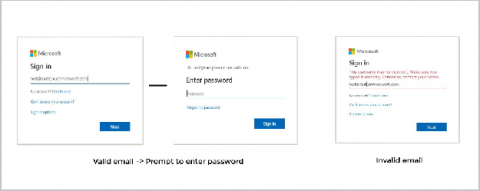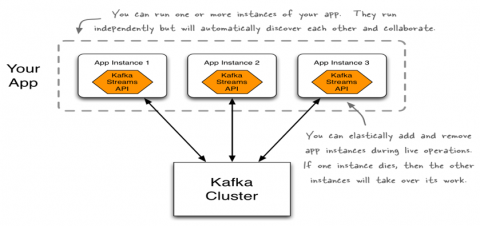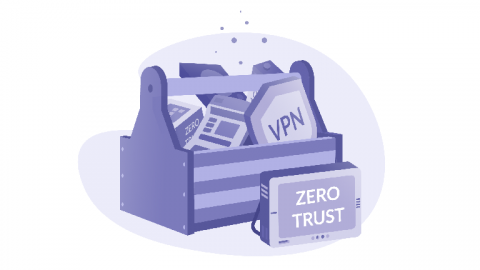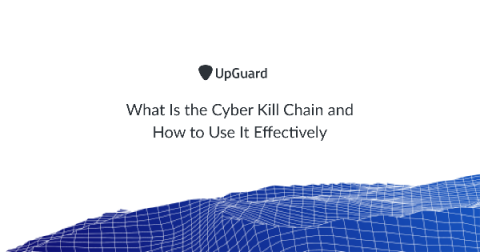The Future is Flexibility: How IT Leaders Are Moving Forward
When organizations around the world began shifting their workforces in response to the COVID-19 crisis, the question on everyone’s mind was “When will things go back to normal?” When social media giant Twitter announced it would be allowing employees to work remotely permanently, the conversation took a quick shift: Forget normal, are traditional offices gone for good?











